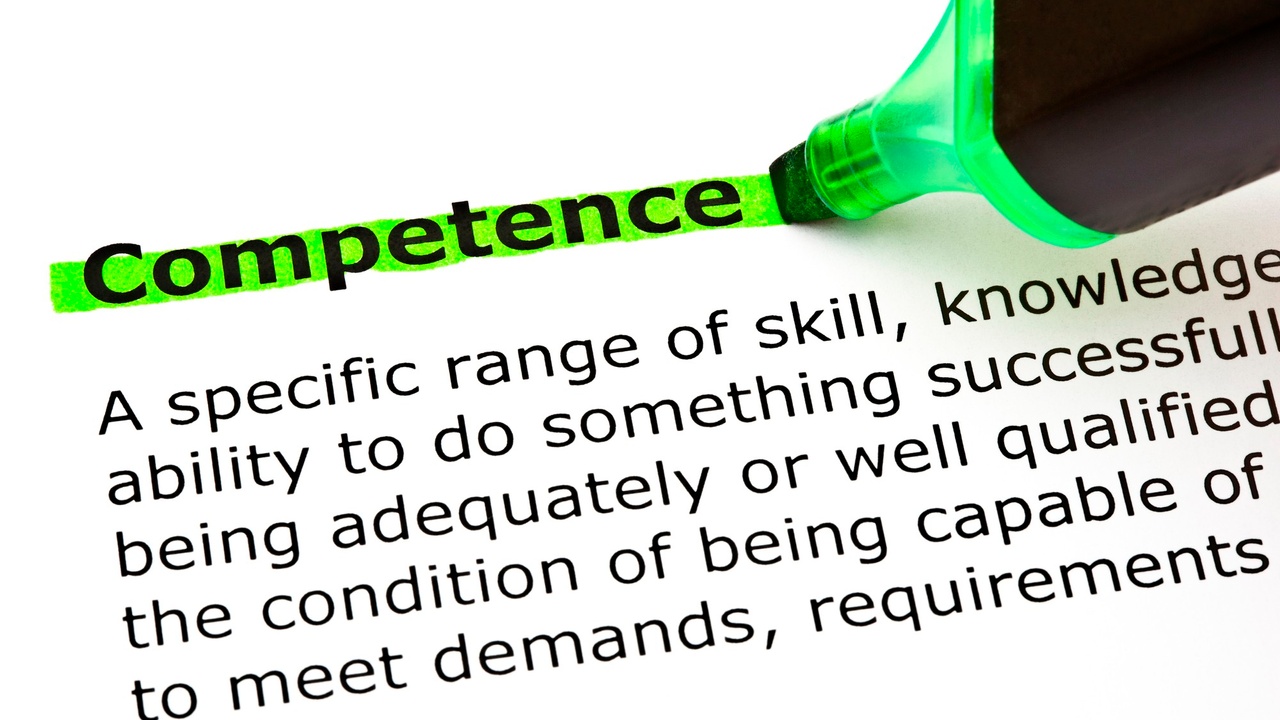
Sometimes you encounter that one person who has nothing positive to say, actively antagonizes their coworkers, and brings down the mood of the entire office. Without prompt intervention, they could drag your entire business down.
As the owner and leader, you have to learn how to deal with difficult employees. It comes with the territory and it's best to address the issue sooner rather than later.
Difficult employees have a way of infecting the entire workplace with their toxic behavior. If you have a team member that makes work miserable for others, it can affect everyone's productivity and lead to the departure of other employees.
With the right techniques, you can defuse the situation and restore balance in the workplace.
Here are five tips that can help you turn a difficult employee into a productive member of your team.
Talk and listen
When an employee acts out, we tend to concentrate on the effects of their behavior rather than its causes. There can be a tendency to sweep the issue under the rug and hope it goes away. Fact - it never goes away on its own. And if you don’t address the issue, then by default you are accepting it.
The best way to deal with a difficult employee is to take a closer look at their behavior and its underlying causes. Your best shot at solving the problem lies in gaining a better understanding of their situation.
Maybe they have legitimate grievances against their coworkers, or they're simply unhappy with their job. They could also be struggling in their personal life. Meet with them privately and ask how they are doing. You just might be able to help with their difficulties, either by coaching or by pointing them in the right direction.
Even simply listening to their problems can translate to improvements in their workplace behavior. Some people just want to feel heard.
Give clear and honest feedback
A difficult employee may lack self-awareness, both of their behavior and their impact on others. You need to tell the person in no uncertain terms that their behavior is negatively affecting the workplace.
Give clear and honest feedback about their behavior. Make sure they understand what's at stake and allow them to change.
Start by pointing out aspects of their behavior that affect their colleagues. You need to be as specific as possible and cite incidents when their behavior disrupted the workplace.
Once you've laid out the issues, it's time to move on to the positives. Tell them what kind of positive behavior you expect from them. It also helps to establish a performance improvement plan with measurable goals. That way, they have a chance to correct their behavior and become a positive influence in the office.
Discuss the consequences
If that approach doesn't translate to improvements in their behavior, it's time to escalate the situation.
Have a sit-down with the problem employee and tell them in no uncertain terms that their job is at risk if they do not improve their behavior. Be clear and specific. You could say something along the lines of, “If I don’t see improvements in your behavior within the next two weeks, I will have no choice but to let you go.”
It’s important you impress on them that negative actions have negative consequences. If possible termination won’t get them to change, nothing will.
Document everything
It’s important that you document everything, from the initial complaint to any meetings and corrective actions implemented from your end. Start a file and update it as you go.
The goal is to create a paper trail that establishes a pattern of negative and disruptive behavior, the steps you took to address it (including one-on-one meetings), and the actions and behaviours of the employee.
It's also important that you follow your company's processes and procedures. Make sure to include supplementary material such as HR memos and performance evaluations. If the situation reaches the point of termination, you'll want to have ironclad proof to protect yourself and your company.
Separate the problem employee from your core team
Sometimes, termination isn’t an option. Perhaps there are extenuating circumstances that would put the employee’s dismissal on shaky legal ground. Or maybe terminating them would significantly impact your company’s performance.
Your next best bet is to separate the problem person from the rest of your employees. Putting some physical distance between the employee and the rest of the team can minimize run-ins and restore some balance in the workplace.
You could rearrange the office layout or even assign the difficult employee to work from home or out of the office.
A final word
Dealing with a difficult employee can drain your productivity and energy. Your work day can become a struggle as you spend a great deal of your time reacting to the situation instead of growing your business. This is why you shouldn't let one person poison the entire well and why you need to deal with the situation proactively.
Do you need help dealing with a difficult employee?
Let’s talk. Book a free Discovery Call
Get Strategies, Tips, & Tactics
Subscribe to the Acreman Business Roundup and get weekly updates that will help you grow your business and build the lifestyle of your dreams.
We hate SPAM. We will never sell your information, for any reason.






